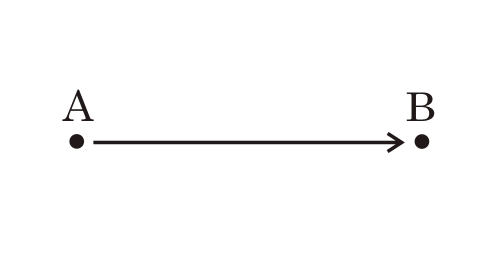|
LITR 4632: Literature of the Future  |
Student Midterms 2011: Sample Essay 1
|
 |
Bridget
Conley
Looking Through Different Windows
This class
has definitely taken me by surprise but in the best way possible. My initial
thoughts about this course have been changed.
Before the class started I only thought this would be an easy, fun, class
to take. However, it is much more than just looking at different genres and
narratives of Science Fiction. The class is fully engaged and the students
actually teach. I was not expecting this class to be so interactive. Most
college classes do not allow the students to actually partake in teaching and I
found this to be extremely beneficial. I was able to grasp a better
understanding of different views that others discovered in their readings.
By having other perspectives I was able to clearly understand the three
narratives:
Apocalypse, evolutionary, and alternatives.
Out of all three narratives I found apocalyptic to have the most dramatic
affects. Apocalyptic is usually
associated with darkness and even a change into a new beginning. It has a
beginning and an end (linear). We see this type of example in Revelations.
Although, this world, earth is meeting its fate, the people who are saved will
begin a new life in heaven. Some
people might find Revelations to be horribly frightening but others like
Lindsey Kerckhoff, state that it is seen as attractive.
“Revelation is such an attractive story
because it provides people with the idea
that good will prevail over evil and this provides people with hope.”
I can’t say
that I agree that Revelations is an attractive story but what I do find
attractive is alternative narratives. Apocalyptic narratives are more futuristic
and actually can be seen as a possibility of happening which is a heavy topic.
Alternative narratives can be very light and playful which make it easy for
stories. There is not a linear time
frame or cyclical but rather the futures that have many different paths.
This makes it very fun to turn it into a story full of “what ifs.” We see
this done in “Mozart and Mirrorshades.” It doesn’t matter what you do in
a different time because it will branch off into another history.
So, if you don’t get it right the first time it doesn’t affect your
future. In the story, Rice has a
carefree attitude because he sees the past he’s in as just another branch that
“split off from the main trunk.”
One cannot really combine apocalyptic with alternatives because although one
future might be ending there is another one taking place.
I found
evolutionary to be one of the most interesting because it’s time moving in a
cyclical pattern. There is never quite an end. We see this in “The Time
Machine.” The story takes us into a different world that has evolved from
us. That humans have evolved into two different creatures.
And at the end the time traveler takes us to the end where there are only
monsters present. Which as William Bazemore stated in his paper that, “…he was
trying to illustrate a world that closely resembles the primordial earth with
which life came from; a return to its original state.” This demonstrates the
cyclical pattern of evolution. Another example is “Bears Discover Fire.”
The novel is very light and shows the evolution of bears. That even the
most primitive animals can evolve.
Another
favorite of mine is when narratives are actually both present in the novel. Such
as, evolution and apocalyptic. We see this demonstrated in “Parable of the
Sower and Stone Lives.” Both these novels show that apocalyptic can
lead into evolution. In “Parable of the Sower” it seems the world is on a self
destructing path with no hope. However, Lauren, finds a way to create a
different world amongst the chaos. In “Stone Lives” Stone is almost forced to
create a new world from the mess others have left.
It’s pleasant to read because it shows that even when the world is at its
worst it finds a way to evolve back to how it should be.
I’ve enjoyed
analyzing these novels and this has given me an interest in Science Fiction
because it shows different ways of how our world could be, good and bad.
When I read now, I will be looking to see what narrative it fits and what
type of “time” is taking place.
 |
 |
 |